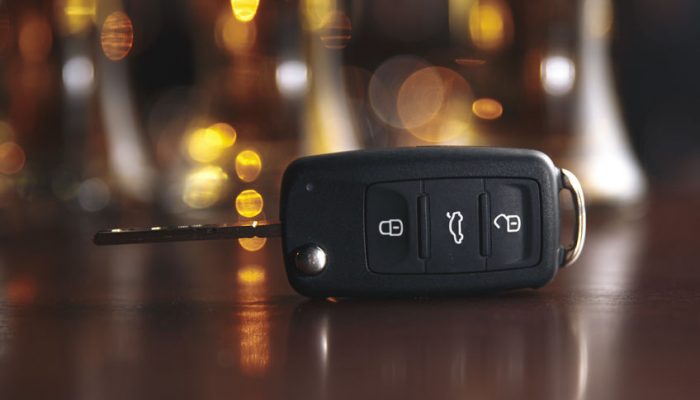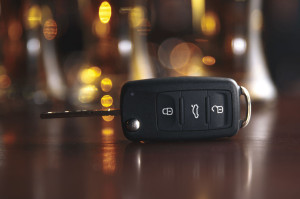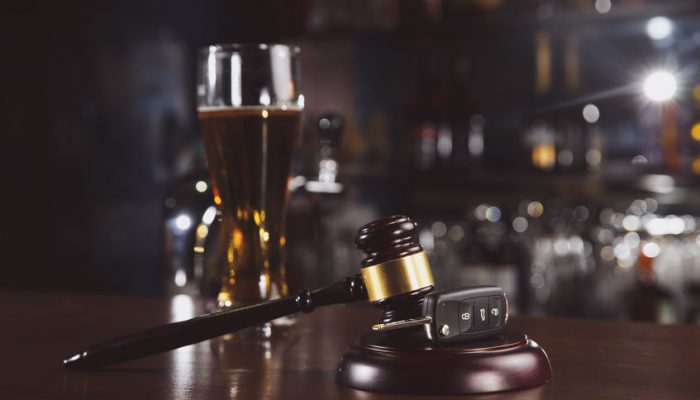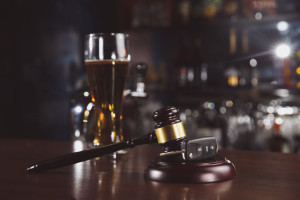 While it may seem like a minor offense to some, in California driving with a suspended or revoked license can lead to some hefty fines and even jail time. This particular part of the state’s vehicle code even has a classification of its own: wobbler.
While it may seem like a minor offense to some, in California driving with a suspended or revoked license can lead to some hefty fines and even jail time. This particular part of the state’s vehicle code even has a classification of its own: wobbler.
What does this mean? Basically, a wobbler offense means the end result of being convicted wobbles between an infraction or a misdemeanor, and the latter comes with a criminal record.
Having a skilled attorney by your side if you’re ever in this situation can be a game changer, as there are many circumstances in which jail time or fines can be avoided. It’s a matter of knowing how this particular offense is handled.
Understanding the legal definition
First, it’s helpful to have a handle on what this part of the vehicle code even means. There are basically four different ways you can be found driving without a license:
- Never obtaining one
- Not being old enough to drive
- Not renewing your license
- Living in California, while driving with an out-of-state but not getting a state license
One important note: You aren’t considered in violation of this code if you’re simply not carrying your license. You can be charged with a different offense, though, and you may face a fine of up to $250 if found guilty of driving without a license in your possession. So, it’s always a good idea to carry it around at all times.
What are the penalties?
If you are charged with an infraction for driving without a license, the fines are usually no larger than $250. It’s when it ventures into misdemeanor territory that the penalties are greater. It may include the following:
- Probation for up to 3 years
- Fines of up to $1000
- A county jail sentence of up to six months
- Vehicle impoundment for 30 days, if you have a prior driving-related conviction record
Your legal offense is tied to your driving history. If it’s a first offense, it’s usually a fine. Repeated offenders, though, will likely get hit with a misdemeanor.
What to expect in court
The burden of proof once you hit the court system is also different than in many other cases — it’s much heavier for the defendant. In this case, the prosecution only needs to show that the driver was without a license at the time of the offense. This means the defendant has the burden of proof to show they had a valid license.
This one is strange in another way: it’s outdated. With most records in the electronic realm now, you would think it wouldn’t be as large of a concern. The reality is the law hasn’t been changed by the state legislature, so it stands as it is.
This is when having an experienced lawyer comes in handy. Making sure you have someone on your side to interact with police and prosecutors can help with dismissal or a reduction in the sentence.




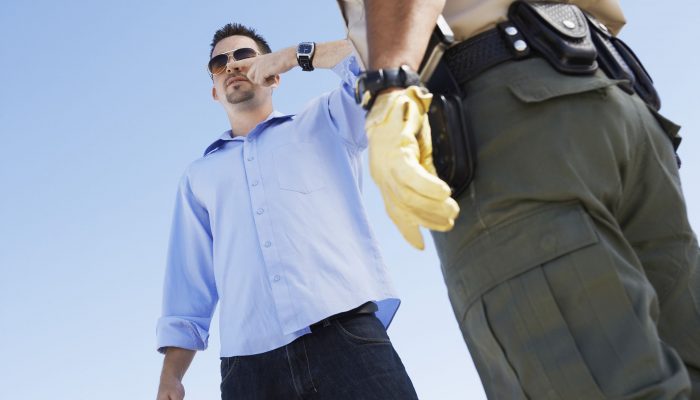
 One of the biggest fallacies we hear from clients regarding cannabis-related DUI charges (driving under the influence) is the notion that a failed field sobriety test is a valid indicator of intoxication. The truth is, science can’t prove that such assessments are valid nor that the results are reliable. In fact, studies have shown that there’s such a mixed bag of results related to validity that researchers are at odds with it, meaning the threshold of proof cannot generally be met through these means alone. Can it get you arrested? Yes. Does it mean you will be convicted? No.
One of the biggest fallacies we hear from clients regarding cannabis-related DUI charges (driving under the influence) is the notion that a failed field sobriety test is a valid indicator of intoxication. The truth is, science can’t prove that such assessments are valid nor that the results are reliable. In fact, studies have shown that there’s such a mixed bag of results related to validity that researchers are at odds with it, meaning the threshold of proof cannot generally be met through these means alone. Can it get you arrested? Yes. Does it mean you will be convicted? No.
 We know what your mind is likely going through when you see those flashing red-and-blue lights in your rearview mirror. It’s the same thing that likely goes through many people’s minds in that situation: what did I do to get pulled over?
We know what your mind is likely going through when you see those flashing red-and-blue lights in your rearview mirror. It’s the same thing that likely goes through many people’s minds in that situation: what did I do to get pulled over?
 Imagine this scenario—as a teenager, you were in the wrong place at the wrong time and ended up in trouble with the law related to possession of alcohol as a minor. You took the steps to have your records sealed and moved on with your life, assuming that no one would ever be privy to that information.
Imagine this scenario—as a teenager, you were in the wrong place at the wrong time and ended up in trouble with the law related to possession of alcohol as a minor. You took the steps to have your records sealed and moved on with your life, assuming that no one would ever be privy to that information.